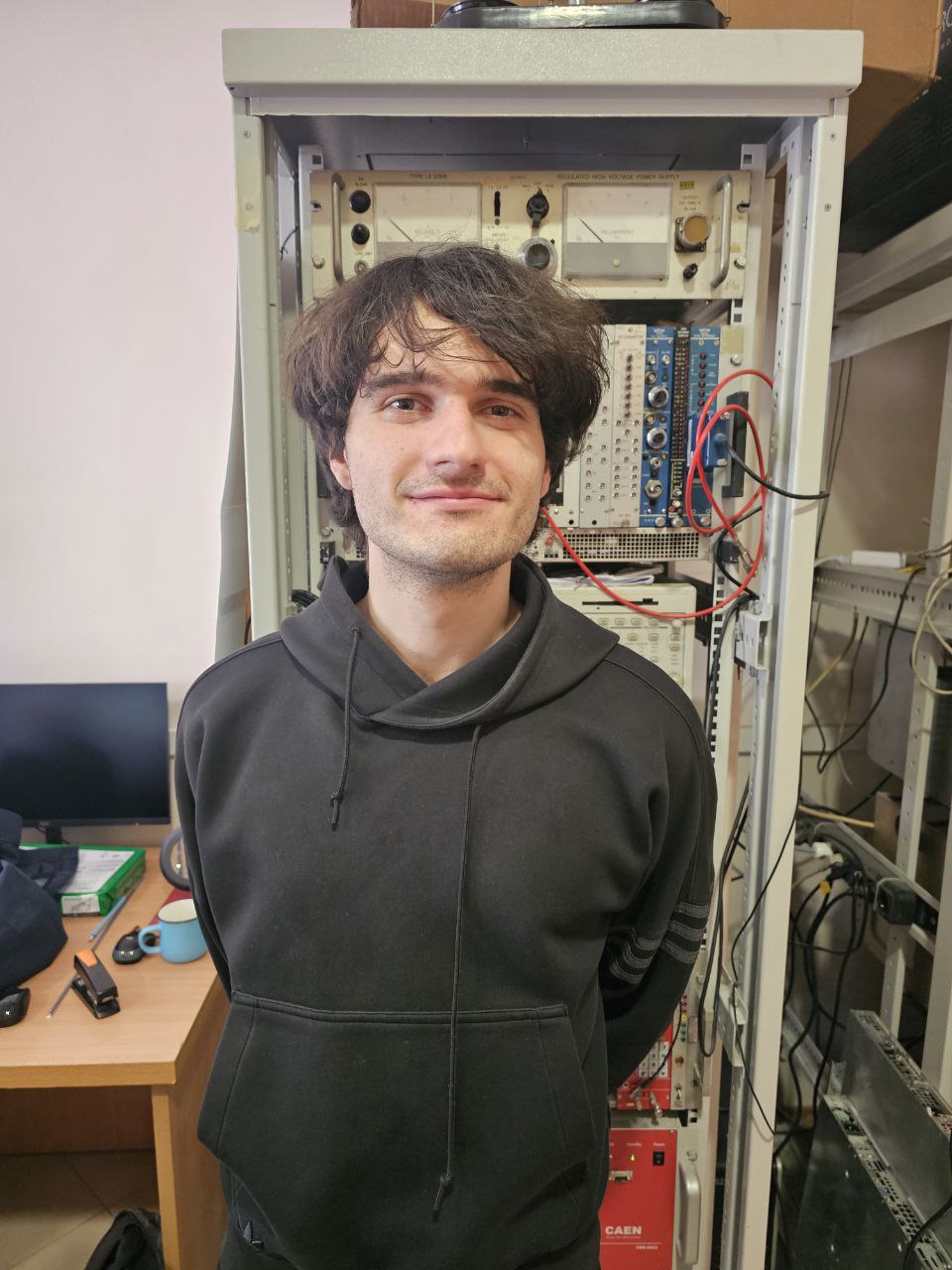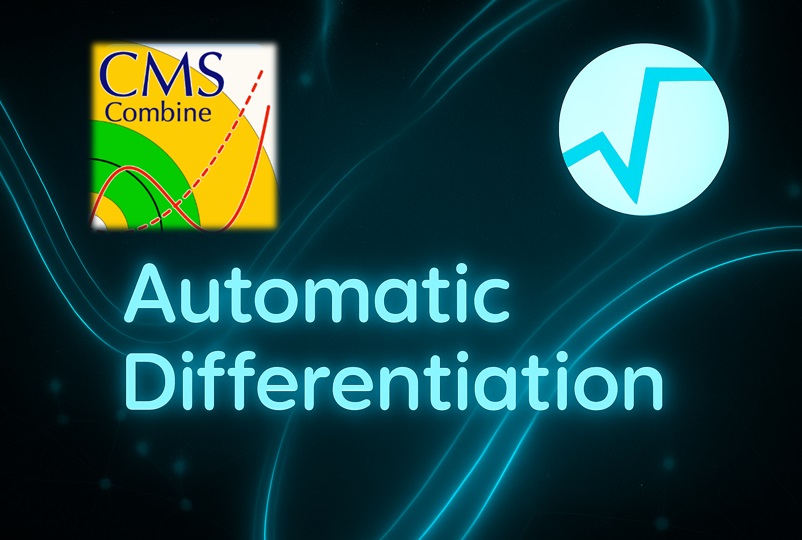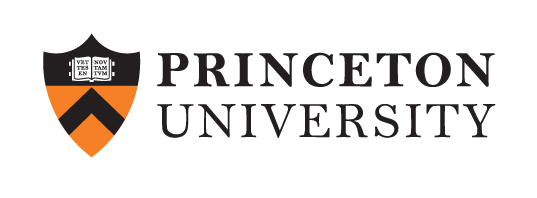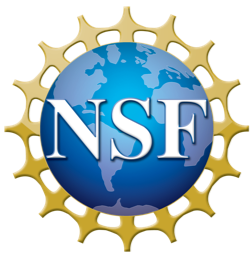Implementing AD in CMS Combine
Introduction
Greetings! I’m Galin Bistrev, a fourth-year student specializing in Nuclear and Particle Physics at the University of Sofia “St. Kliment Ohridski”. As part of the CERN Summer Student Programme 2025, I’m working on a project to integrate automatic differentiation (AD) into the CMS Combine tool.
Project description
This project focuses on implementing automatic differentiation (AD) into the CMS Combine tool, which the primary statistical analysis framework used by the CMS experiment at CERN. Combine is built on top of RooFit, which recently introduced AD technology to support minimization methods. By generating computationally efficient gradients through AD, RooFit enables significant performance gains. RooFit’s implementation of AD works by converting internal likelihood representations into standalone C++ code, from which gradient code is produced. This approach not only accelerates fitting but also improves the portability and shareability of likelihood models, making them accessible even to users without deep knowledge of RooFit or Combine internals.
Brief description of the CMS Combine engine
Combine is a statistical analysis tool designed to compare a model of expected observations with real data. It’s commonly used for tasks such as discovering new particles or processes, setting limits on potential new physics, and measuring physical quantities like cross sections.While Combine was developed with High Energy Physics (HEP) applications in mind, it contains no built-in physics knowledge,thus it remains completely general and independent of the interpretation of any specific analysis. This flexibility allows it to be used across a wide range of statistical problems
Project goals
The main goals of this project are:
-
Support external users in working with Combine-generated models without needing to dive into RooFit or Combine internals.
-
Optimize performance in high-complexity workflows within the Combine framework.
Implementation strategy
-
Refactor Combine to use standard RooFit primitives where possible, and add AD support to custom components.
-
Integrate RooFit’s AD- generated gradients into Combines’s likelihood
evaluation and minimization workflows to improve performance and enable external gradient use. -
Developing benchmarks to quantitatively demonstrate the performance improvements AD brings to Combine overflows.
Conclusion
By integrating automatic differentiation into the CMS Combine tool, we aim to make statistical inference not only faster but also more accessible to the broader community. I’m excited to contribute to this effort during my time at CERN and look forward to sharing progress, insights, and benchmarks as the project evolves.
Related Links
- [CMS Combine GitHub page]https://cms-analysis.github.io/HiggsAnalysis-CombinedLimit/latest/
- [ROOT official repository]https://github.com/root-project/root
- [My GitHub profile]https://github.com/GalinBistrev2
